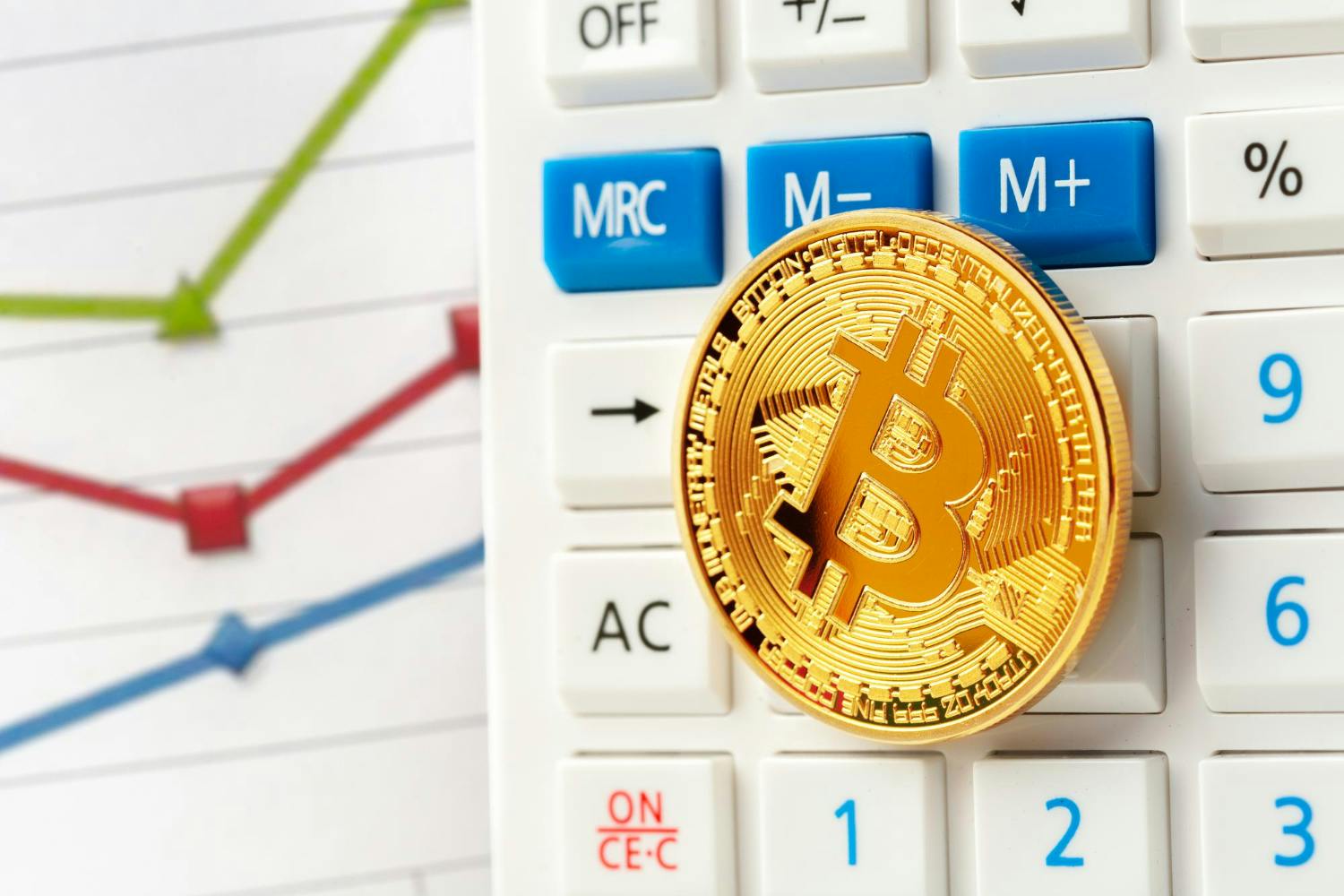The Ultimate Guide to the Best Cryptocurrencies for Margin Trading in 2023
1st Jul 2024

Table of Contents
What is Margin Trading and How Does it Work?
Benefits and Risks of Crypto Margin Trading
Most Popular Cryptocurrencies for Margin Trading
Best Exchanges for Crypto Margin Trading
Step-by-Step Guide to Getting Started with Crypto Margin Trading
Key Takeaways
Conclusion
Margin trading allows cryptocurrency traders to open much larger positions with less capital by borrowing funds from an exchange. While this can amplify profits, it also dramatically increases losses if the market moves against you.
Choosing the right cryptocurrencies and exchanges for margin trading is crucial to succeed. In this definitive guide, we’ll explore everything you need to know, including:
1. What is Margin Trading and How Does it Work?
Margin trading, also known as leveraged trading, allows traders to open larger positions in cryptocurrency markets without having to fully fund the trade themselves.
Here’s a quick overview of how margin trading works:
- Exchanges let you borrow funds to increase your buying power. This borrowed amount is called leverage.
- Common leverage ratios are 2x, 5x, 10x or even 100x your capital. A 2x leverage lets you open trades double your account balance.
- You only need to maintain a minimum margin level to keep leveraged positions open. This is usually 25-50% of the position size.
- If your margin level drops too low, your position may be liquidated (forced closure) by the exchange to repay the borrowed funds.
The amplified buying power lets you potentially increase profits substantially, but also increases risk:
- Profits are magnified since you can open much larger positions. A 2% market move with 5x leverage nets you 10% gains.
- However, losses are also magnified just the same. A 2% loss with 5x leverage results in a 10% loss.
- High leverage means margin levels and liquidation prices come into play quickly with any market fluctuations.
Margin trading essentially allows long term investors to become short term traders with higher stake positions for potential bigger gains. However, the risks mean it should only be used by experienced traders or smaller amounts.
2. Benefits and Risks of Crypto Margin Trading
Before diving in, it’s important to understand the key advantages and disadvantages of trading cryptocurrencies on margin:
Benefits
- Increased profits – More buying power allows bigger gains if you pick the right direction.
- Ability to short – Margin trading lets you profit when prices fall by short selling.
- More capital efficiency – Less capital required to open bigger positions. Frees up funds for other investments.
- Expand buying power – Borrowing funds from the exchange lets you open larger long trades.
Risks
- Magnified losses – Losses accelerate much faster with added leverage.
- Liquidation – Positions can be forcibly closed if margin level gets too low.
- Funding rates – Exchanges charge interest for borrowing margin funds.
- Force close risk – Unexpected margin call liquidations can hit leveraged positions.
- Volatile markets – cryptocurrencies already have high volatility that can make margin trading very risky.
As you can see, margin trading offers more profit potential but requires very careful risk management.
3. Most Popular Cryptocurrencies for Margin Trading
Many exchanges offer dozens of trading pairs and cryptos to trade on margin. These are some of the more popular ones:
- Bitcoin (BTC) – The most traded crypto is also widely used in margin trading. Offers excellent liquidity.
- Ethereum (ETH) – Second largest crypto by market cap with good stability.
- XRP (XRP) – Low per coin price appeals to margin traders looking for bigger long positions.
- Litecoin (LTC) – One of the best for margin trading altcoins thanks to liquidity.
- Bitcoin Cash (BCH) – A popular Bitcoin fork coin with strong volatility.
- Tether (USDT) – The most used stablecoin allows margin trading without crypto volatility.
Less common cryptos like EOS, XLM, and ADA are also sometimes available. Ultimately you want coins with enough volatility to produce gains but also stability to avoid excessive liquidation risk.
Top crypto pairs like BTC/USD, ETH/USD and XRP/BTC are common trading choices since they combine liquidity with price movement potential.
4. Best Exchanges for Crypto Margin Trading
Comparing cryptocurrency exchanges for the best margin trading involves looking at factors like fees, interest rates, liquidity, supported leverage, and more.
By Fees and Interest Rates
The fees and borrowing rates charged by exchanges for margin trades can really eat into profits if not considered carefully. Some top exchanges based on lower fees include:
- Binance – Offers up to 5x leverage on crypto pairs with maker/taker fees of 0.1% and borrowing rates starting around 0.01% per day.
- BitMEX – One of the most popular margin platforms has maker fees of -0.025% and taker fees of 0.075%. Interest rates vary by crypto.
- Poloniex – Charges maker fees of 0% and taker fees up to 0.2% depending on volume.Daily borrowing rates range from 0.1% to 1%.
reads for the crypto pair you plan to trade, since each exchange may differ. Also consider signup bonuses, if available, to offset initial fees.
By Liquidity and Volume
Having enough liquidity and daily trading volume is crucial for margin traders to seamlessly enter and exit positions. Some exchanges with top liquidity for margin trading include:
- Bitfinex – Consistently has the highest BTC and ETH liquidity out of all exchanges, making it ideal for margin trading these assets.
- Kraken – A top global exchange with an excellent selection of crypto margin pairs and deep liquidity.
- Huobi – Major Asia exchange known for good liquidity across altcoin margin pairs.
Monitoring the daily volumes across exchanges helps ensure you can trade key levels without excessive slippage on margin positions. Liquidity often trails during big market moves so be cautious trading on margins during volatility spikes.
Best for Beginners
Just starting out with margin trading? Focus on exchanges with limited leverage options and simple interfaces to avoid risky overtrading:
- Kraken – Maximum leverage is 5x and the clean interface focuses on key stats for beginners.
- Poloniex – Leverage up to 2.5x makes it newbie-friendly. Also has a mobile app.
- KuCoin – Easy to use exchange for crypto beginners with 3x maximum leverage.
The benefits of limited leverage are less risk of liquidation and lower borrowing costs. You can always scale up leverage later as you gain experience.

5. Step-by-Step Guide to Getting Started with Crypto Margin Trading
Ready to start margin trading cryptocurrencies? Follow these steps:
- Open an account on a top crypto margin trading exchange like Binance, BitMEX or Kraken.
- Fund your account with one of the supported cryptocurrencies like BTC, ETH or USDT.
- Enable margin trading in your account settings and select your desired leverage amount like 2x or 5x. Start small if new.
- Open a long or short position on your chosen trading pair based on your market analysis. Long if bullish, short if bearish.
- Monitor your liquidation price and margin level – Add funds if needed to avoid liquidation.
- Close your position once your profit target is reached, or stop loss if hit.
- Withdraw profits – Transfer gains to your wallet once trades are closed.
Always use stop losses, limit position sizes and risk only 1-2% of capital per trade when margin trading. Rinse and repeat the process steadily accumulating crypto trading gains over time.
6. Key Takeaways
Margin trading offers great profit potential but also significant risk if used improperly. The keys to success are choosing reputable exchanges with good leverage ratios, fees and liquidity for the pairs you want to trade.
Start with small amounts and basic technical analysis until you get the hang of managing leveraged cryptocurrency positions. Over time you can scale up profits by carefully utilizing increased margin and trading larger volumes.
This extensive guide only scratches the surface of mastering crypto margin trading. Take your time to thoroughly backtest strategies and learn risk management best practices before committing significant capital. The high rewards of margin trading come with equal potential hazards.
7. Conclusion
Margin trading can be an extremely powerful tool for amplifying your cryptocurrency trading profits, but it also comes with substantial risk if used improperly. By selecting the right currencies and exchanges, monitoring margin levels diligently, and implementing strong risk management, margin trading offers experienced traders a way to reap significant rewards beyond simple buy and hold investing.
Start slowly, learn by doing, and scale your position sizes as you master the techniques over time. With the right discipline, margin trading strategies can help accelerate your cryptoasset growth dramatically compared to spot trading alone.
However, it’s crucial to always weigh the risks and prepare for downswings as well. Margin trading goes hand in hand with market volatility, so be ready to add funds to avoid liquidations in a flash crash scenario. Don’t overextend yourself just chasing quick profits.
Overall, used wisely, margin trading unlocks incredible potential in cryptocurrency markets that are normally difficult for small traders to access. This guide just skims the surface of the topic, so dedicate time to truly understanding the nuances before risking significant capital.



